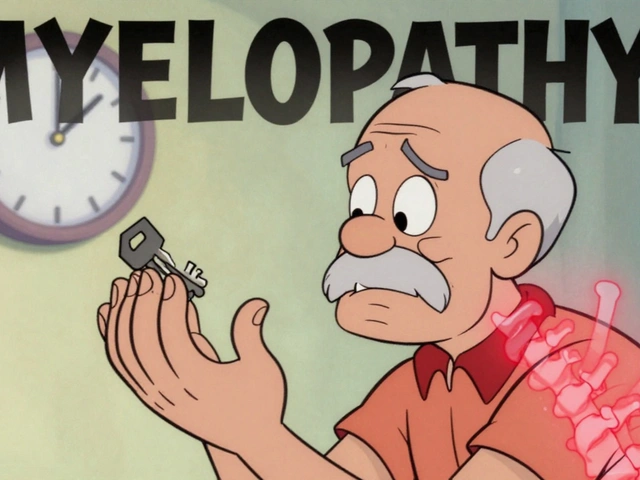Sotalol: Uses, Dosage, Side Effects and Key Information
When dealing with Sotalol, a prescription medication that acts as both a beta‑blocker and a class III antiarrhythmic. Also known as Betapace, it is primarily used to control irregular heart rhythms and manage certain types of arrhythmia, a condition where the heart beats too fast, too slow, or irregularly. By slowing the heart rate and extending the cardiac repolarization phase, sotalol helps keep the heartbeat steady.
How Sotalol Works and Why It Matters
The drug combines two mechanisms. First, as a beta blocker, it blocks adrenaline receptors to reduce heart rate and blood pressure, which eases strain on the heart. Second, its class III antiarrhythmic action class III antiarrhythmic, delays the re‑entry of electrical signals by prolonging the QT interval. This dual effect lets doctors treat both ventricular and atrial rhythm disorders with a single pill.
Because sotalol influences the electrical system, doctors often run an ECG before starting therapy. They look for baseline QT length, check kidney function, and verify that the patient isn’t taking other QT‑prolonging drugs. These steps help avoid dangerous arrhythmias like torsades de pointes, a rare but serious side effect linked to excessive QT prolongation.
Typical dosing starts low—often 80 mg taken twice daily—and may be increased based on response and tolerance. The goal is to reach a dose that controls the rhythm without causing low blood pressure, slow heart rate, or severe fatigue. Patients with kidney impairment may need a reduced dose because sotalol is cleared primarily through the kidneys.
Common side effects include tiredness, dizziness, shortness of breath, and occasional stomach upset. More serious alerts are marked in red on the prescribing information: worsening heart block, significant drops in blood pressure, and the aforementioned torsades risk. If you notice fainting, unusual palpitations, or sudden weakness, you should contact a healthcare professional right away.
Drug interactions matter a lot with sotalol. Combining it with other beta blockers, calcium channel blockers, or certain antidepressants can amplify heart‑slowing effects. Likewise, medications that affect potassium levels, like some diuretics, can raise the QT interval further. Always share a complete medication list with your doctor, including over‑the‑counter supplements.
Monitoring doesn’t stop after the first prescription. Follow‑up visits usually include repeat ECGs, blood pressure checks, and blood tests to assess electrolytes. Patients often keep a log of any symptoms, especially if they feel light‑headed after standing up or notice irregular beats.
For people with a history of asthma, sotalol can sometimes trigger breathing issues because beta‑blockers may constrict the airways. In such cases, doctors might opt for a different rhythm control strategy or use the lowest effective sotalol dose while watching lung function closely.
Pregnant or nursing individuals should discuss risks with their provider, as sotalol crosses the placenta and can affect the newborn’s heart rhythm. Generally, it’s avoided unless the benefits clearly outweigh the potential harms.
Overall, sotalol offers a powerful option for managing complex arrhythmias, but its safety hinges on careful dosing, regular monitoring, and awareness of interactions. Below you’ll find a curated list of articles that dig deeper into dosing guidelines, safety tips, drug interactions, and real‑world patient experiences with sotalol.




